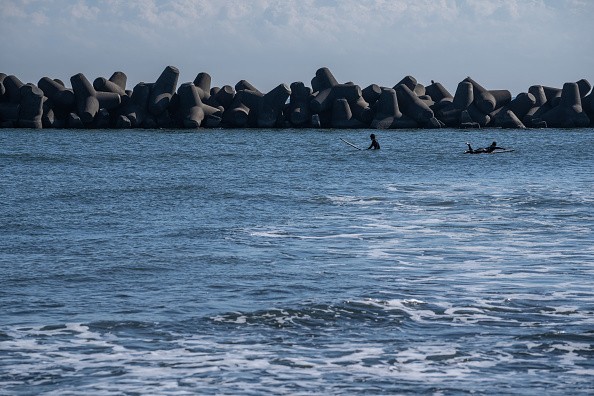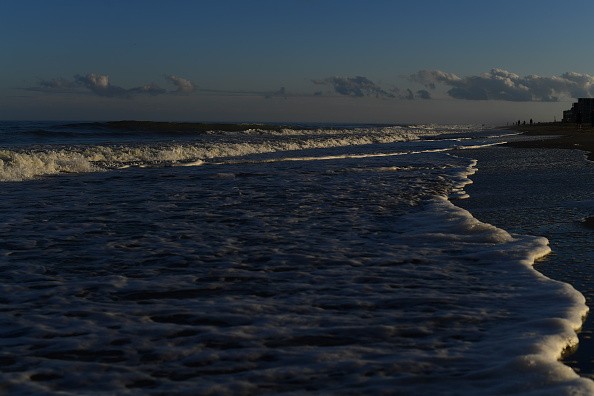A single-celled sea microbe that can photosynthesize and hunt and consume food might be a valuable weapon in the fight against climate change.

The study was published in Nature Communications under the title "Mucospheres produced by a mixotrophic protist impact ocean carbon cycle."
Finding a New Species
Scientists at the University of Technology Sydney (UTS) have found a new species with the ability to naturally retain carbon even as seas rise and grow more acidic.
The bacteria photosynthesizes and emits a carbon-rich exopolymer that attracts and immobilizes other organisms all over the earth.
Before departing its exopolymer "mucosphere," it consumes some trapped prey.
After trapping other microorganisms, the exopolymer becomes heavier and sinks, becoming a part of the ocean's natural biological carbon pump.
Dr. Michaela Larsson, a marine scientist, conducted the study published in the journal Nature Communications and claimed that it is the first to show this behavior.
Marine microorganisms govern oceanic biogeochemistry through various mechanisms, including carbon vertical export and sequestration, which influence global climate.
Identifying the Contribution

According to Dr. Larsson, whereas phytoplankton's contribution to the carbon pump is widely documented, the contributions of other bacteria are less well understood and seldom measured.
She claimed this is especially true for mixotrophic protists, which may simultaneously photosynthesize and devour other species.
Most terrestrial plants get their nutrients from the soil, but others, such as the Venus flytrap, get an extra boost by collecting and eating insects.
Similarly, according to Dr. Larsson, photosynthesizing marine bacteria, known as phytoplankton, develop by consuming nutrients dissolved in the surrounding saltwater.
Because of its ability to obtain nutrients in various ways, this microbe may live in ocean areas devoid of dissolved nutrients, and hence, inappropriate for most phytoplankton.
Professor Martina Doblin, the study's principal author, believed the findings have broad implications for how we think about the ocean's role in balancing carbon dioxide levels in the atmosphere.
Isolated from Seas
According to the researchers, this species, isolated from seas off the coast of Sydney, can sink 0.02-0.15 gigatons of carbon every year.
Based on a report published by the National Academies of Sciences, Engineering, and Medicine in 2019, CO2 removal technologies and methods will need to remove roughly ten gigatons of CO2 from the atmosphere per year until 2050 to satisfy climate targets.
This brand-new species has never been described in such detail previously.
According to Professor Doblin, the implication is that there is potentially more carbon sinking in the ocean than we currently believe.
The ocean has a greater potential to capture more carbon naturally through this process in places that weren't previously thought to be potential carbon sequestration locations.
She adds that a fascinating question is if this mechanism may be used as part of a natural approach to improve carbon capture in the ocean.
Ocean microorganisms' natural creation of extracellular carbon-rich polymers in nutrient-depleted conditions, which we'll experience as the world warms, suggests that these bacteria might assist in maintaining the biological carbon pump in the future ocean.
Determining Feasibility

Before determining if large-scale culture is feasible, the fraction of carbon-rich exopolymers resistant to bacteria breakdown must be determined, as well as the sinking velocity of discarded mucospheres.
This has the potential to revolutionize the way we think about carbon and how it flows in the ocean.
Related Article : Study Looks to Dive Deeper at the Oceanic Carbon Cycling
For more news about making the environment sustainable, don't forget to follow Nature World News!
© 2026 NatureWorldNews.com All rights reserved. Do not reproduce without permission.





